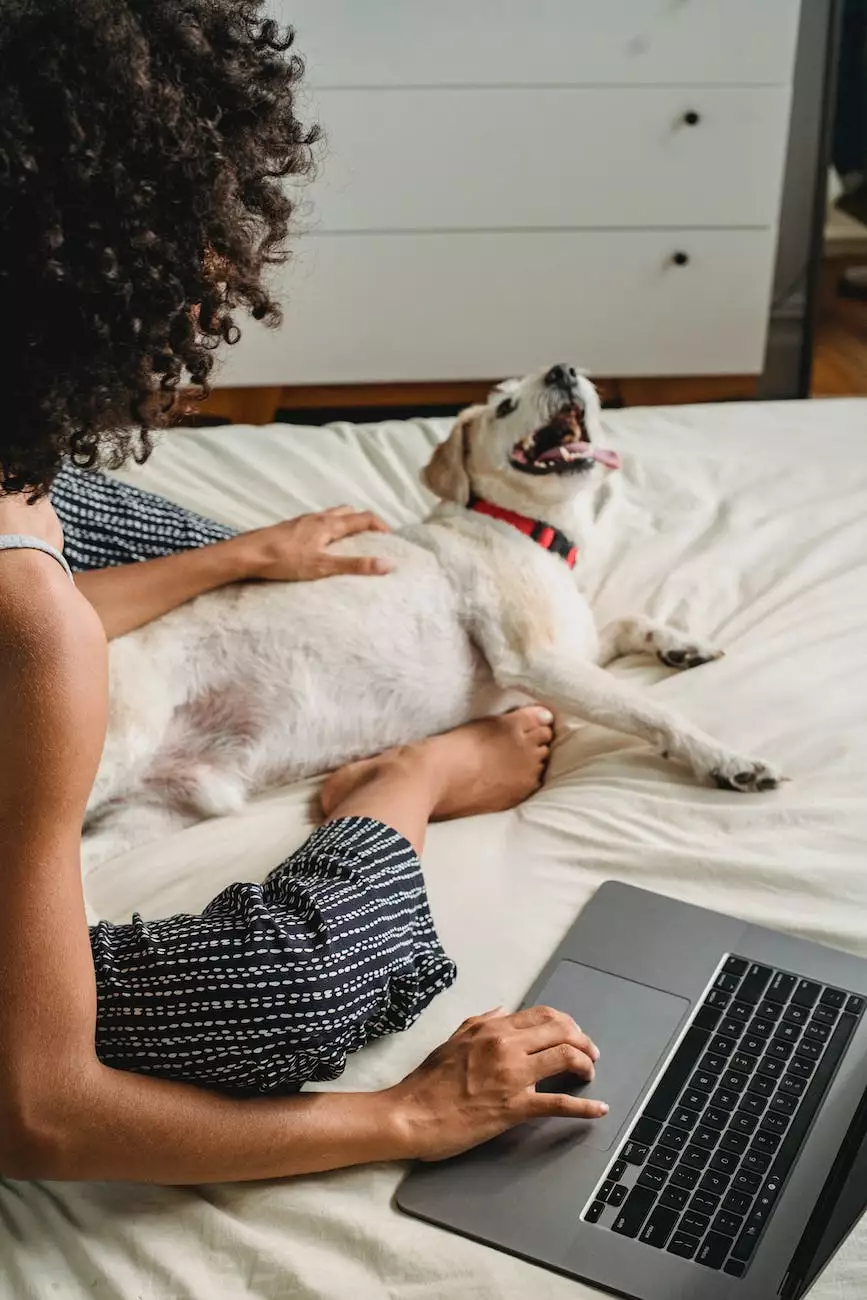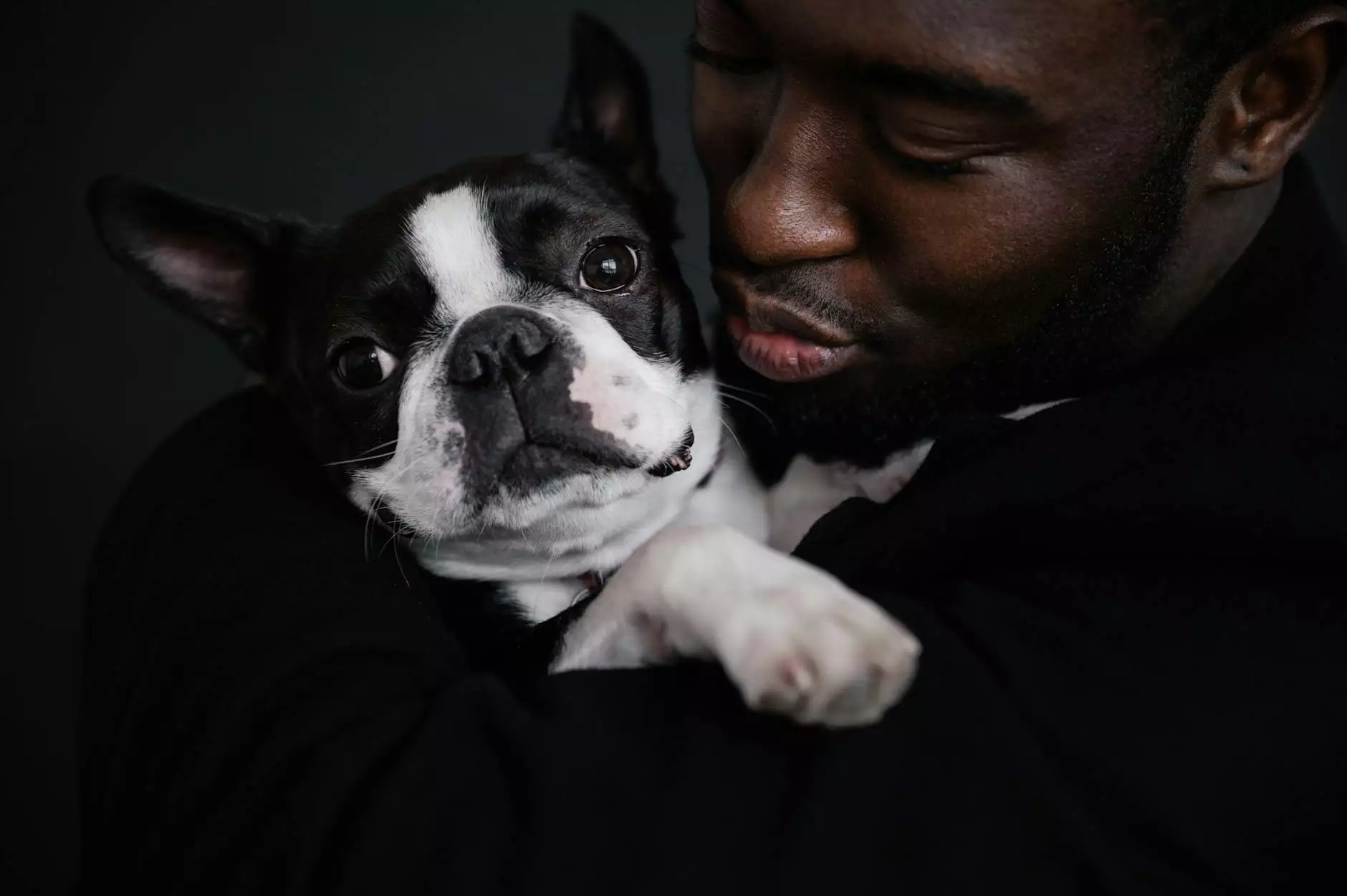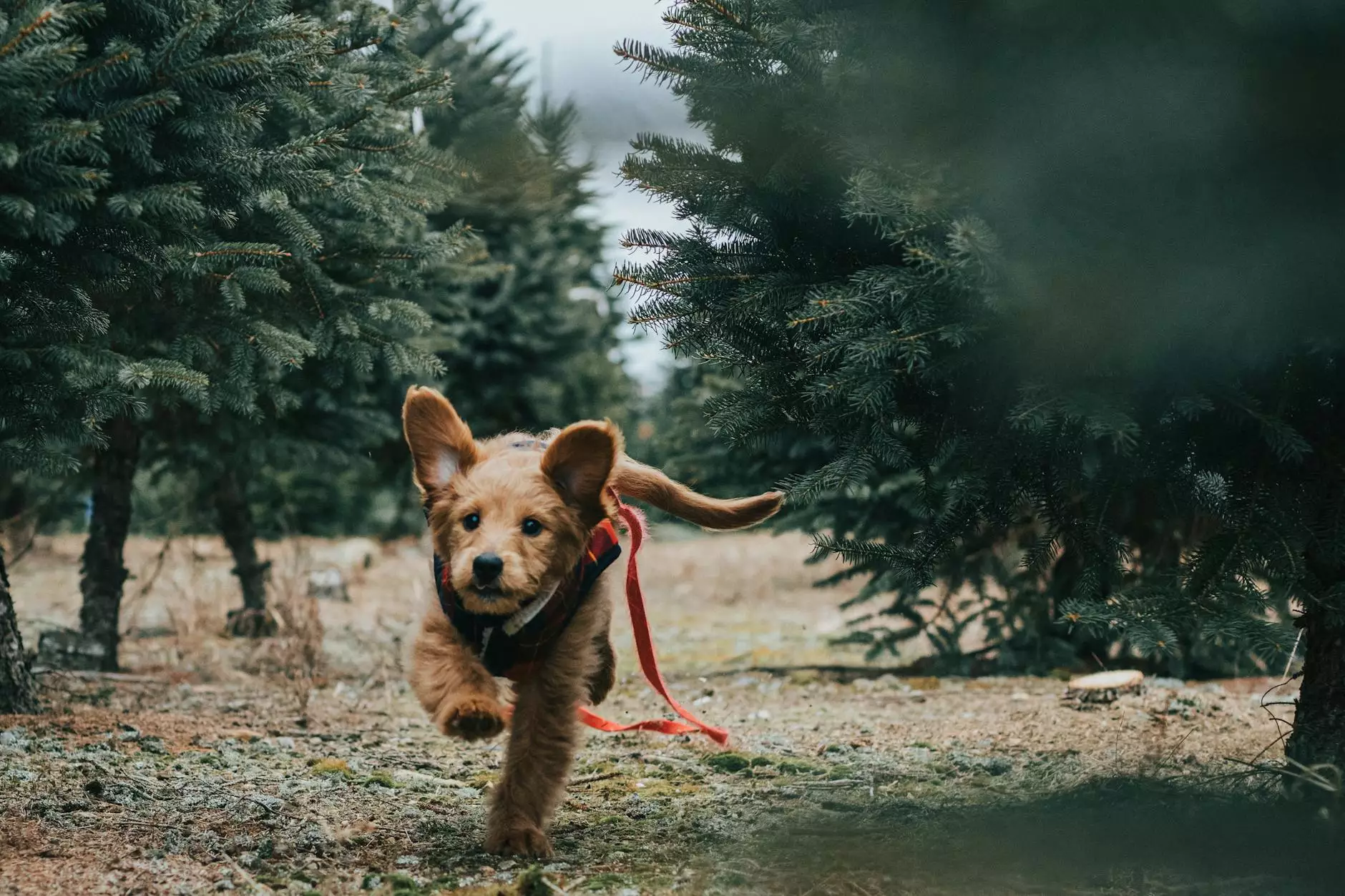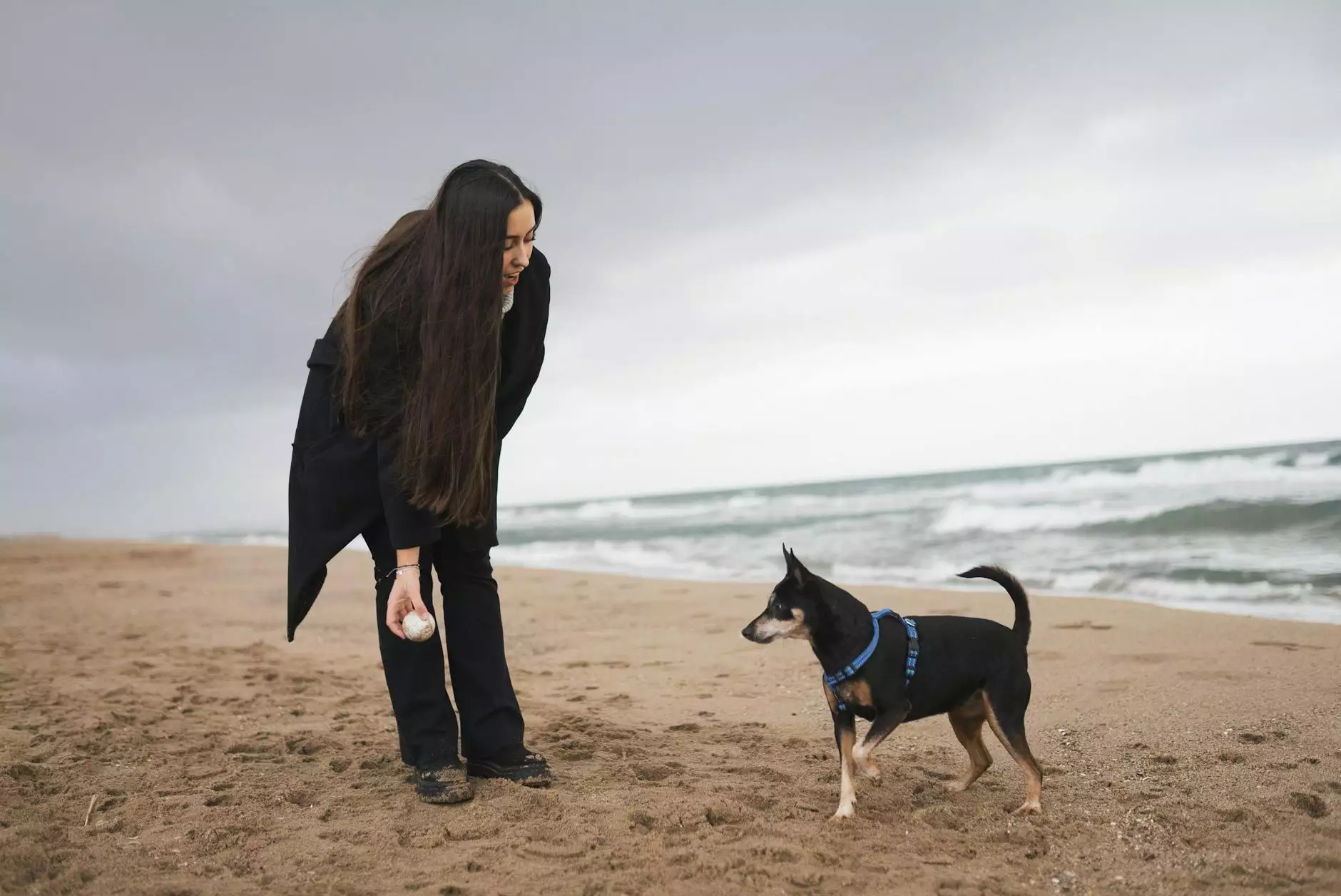Crate Training Your New Puppy
Puppy Training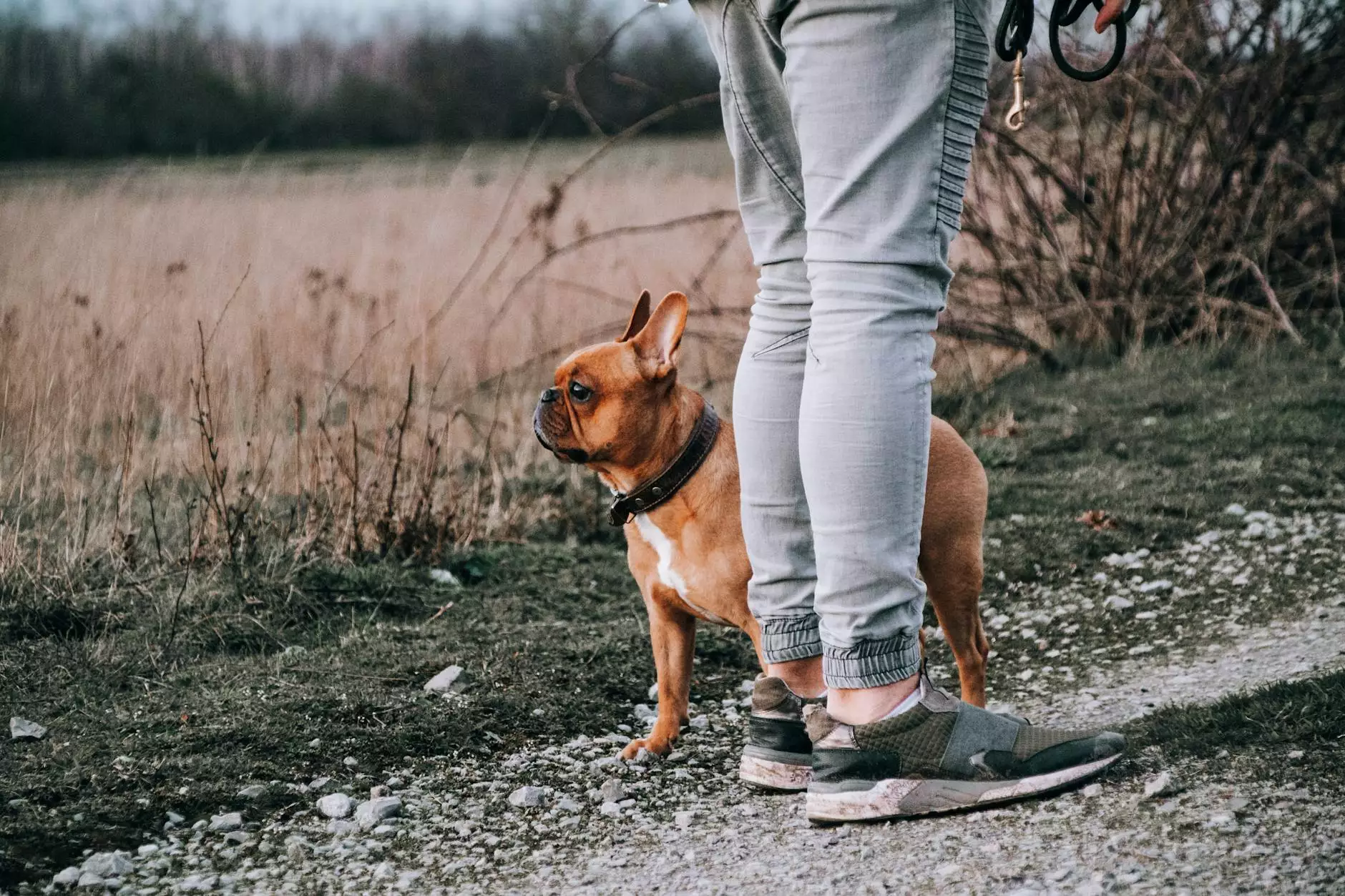
The Importance of Crate Training
When bringing a new puppy into your home, crate training can be a valuable tool for both their safety and your peace of mind. Crate training provides a safe and cozy space for your puppy to rest, helps with potty training, prevents destructive behaviors, and can assist in separation anxiety. At The Upbeat K9, we understand the benefits of crate training and want to provide you with a comprehensive guide to ensure a successful training experience.
Choosing the Right Crate
Before starting the crate training process, it is essential to choose the right crate for your puppy. Consider their size, breed, and growth potential when selecting a crate. It should be large enough for them to stand, turn around, and lie down comfortably, but not so spacious that they can eliminate on one side and sleep on the other.
Opt for a crate made of sturdy materials that is easy to clean. Consider using a crate with a divider panel to adjust the size as your puppy grows. A wire or plastic crate can be suitable options, depending on your preferences and your puppy's needs.
Introducing Your Puppy to the Crate
Once you have chosen the right crate, it's time to introduce your puppy to their new sanctuary. Start by leaving the crate door open and placing a soft blanket or bedding inside. Encourage your puppy to explore the crate with positive reinforcement, such as treats and praise.
Make the crate a positive and inviting space by placing toys, chews, and their favorite treats inside. Feed your puppy near the crate or place their food bowl inside to associate the crate with pleasant experiences. Gradually increase the amount of time your puppy spends in the crate, always keeping the experience positive and rewarding.
Establishing a Routine
Routine is crucial when crate training your new puppy. Set a schedule for meals, potty breaks, playtime, and crate time. Consistency is key to helping your puppy adjust to the crate and develop good habits.
Start by crating your puppy for short periods when you are at home. Gradually increase the duration, ensuring that you provide plenty of mental and physical stimulation before and after crate time. Use a specific command, such as "crate" or "go to your crate," to signal that it's time for your puppy to enter the crate.
Potty Training and the Crate
One of the significant advantages of crate training is its positive influence on potty training. Dogs have a natural instinct to keep their sleeping area clean, making the crate an effective tool in housebreaking your puppy.
Establish a regular potty routine, bringing your puppy outside immediately after they are released from the crate. Take them to the designated potty area and reward them with praise and treats for eliminating in the correct spot. Maintain a consistent schedule to reinforce good potty habits.
Avoiding Separation Anxiety
For some puppies, being separated from their owners can cause anxiety. Crate training can be invaluable in helping your puppy feel secure when you're not home. Start by crating your puppy for short periods while you're still present in the house. Gradually increase the duration and your physical distance, always returning to reward and reassure your puppy.
Make the crate a positive and comforting space by using calming pheromone sprays or leaving an item with your scent inside. Avoid making a big fuss when leaving or returning home, as this can create anxiety in your puppy. Gradually desensitize your puppy to your departures by practicing short absences and gradually extending the time you are away.
Troubleshooting Common Challenges
Crate training is not always without its challenges. Some puppies may struggle to adjust, exhibit signs of distress or become resistant to entering the crate. It is crucial to remain patient and consistent in your training approach. Seek professional guidance or consult a qualified dog trainer if you encounter persistent difficulties.
Remember to never use the crate as a form of punishment, as it should be a positive and safe space for your puppy. Provide alternatives for chewing, such as appropriate toys and treats, to discourage destructive chewing behavior.
Conclusion
Crate training your new puppy can be an incredibly valuable and positive experience for both you and your furry friend. The Upbeat K9 is dedicated to providing comprehensive guidance and support as you embark on this training journey. By following our detailed principles, you can create a strong foundation for a well-behaved and happy canine companion.

